 W
WThe Rugosa, also called the Tetracorallia, are an extinct order of solitary and colonial corals that were abundant in Middle Ordovician to Late Permian seas.
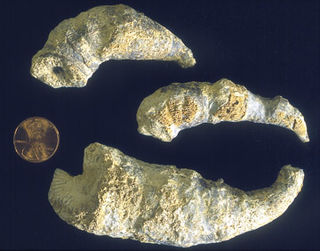 W
WCaninia is an extinct genus of rugose coral. Its fossils occur worldwide from the Devonian to the Permian periods.
 W
WGoniophyllum is an Silurian genus of rugose coral known from Sweden, Norway, Canada, the United Kingdom and the United States. It is easily identified by its "lids" and distinct square shape. The genus was described by Milne-Edwards et Haime in 1851.
 W
WGrewingkia is a genus of extinct Paleozoic corals, found in Indiana. It contains at least one species, Grewingkia canadensis.
 W
WHeliophyllum is an extinct genus of corals that existed predominantly in the Devonian. Heliophyllum is of the order Rugosa and can be referred to as horn corals. The genus had a wide distribution. Fossils of H. halli have been found in the fossil rich Floresta Formation of the Altiplano Cundiboyacense, Colombia. This genus used its nematocysts to stun prey.
 W
WHolophragma is an extinct genus of rugose coral known from Ordovician and Silurian rocks in Scandinavia, Russia, Australia and the United States. Two of its species can be found on the northwestern coast of Gotland, where it is one of the most common fossil genera. It was described by Gustaf Lindström in the year 1896. The genus contains two species.
 W
W†Holophragma calceoloides is an extinct species of rugose coral known from Silurian layers mainly on, but not limited to, the northwestern coast of Gotland, where it is very common. The species was recognised in 1866 by Gustaf Lindström. It was small and benthic, and always solitary.
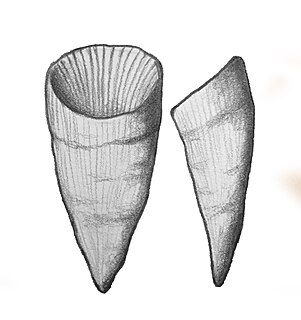 W
WHolophragma mitrata is an extinct species of Rugose coral mainly known from the island of Gotland. It is horn shaped and can grow to about 40mm in length. The calyx is relatively deep and the septa runs from its ridge to the floor. The cardinal septa is not very dominant. It was described by Schlotheim in the year 1820 under the name Hippurites mitratus.
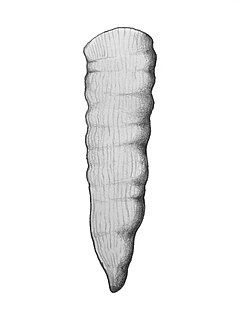 W
WPhaulactis is an extinct genus of rugose coral that existed during the Ordovician, Silurian and Devonian periods. It can be found in Europe, North America, Asia and Australia. Phaulactis was described by Ryder in 1926.
 W
WPhaulactis cyathophylloides is an extinct species of rugose coral known from the silurian layers of Gotland, and Estonia. It is the type species of the genus Phaulactis and was described by Ryder in 1926. It can grow to relatively large sizes.
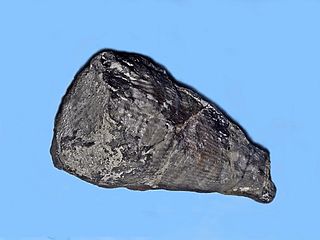 W
WPseudoamplexus is an extinct genus of horn corals belonging to the order Rugosa.
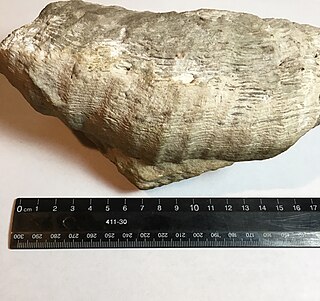 W
WSiphonophrentis gigantea is an extinct species of giant rugose coral. It lived during the Middle Devonian period of the Paleozoic era.